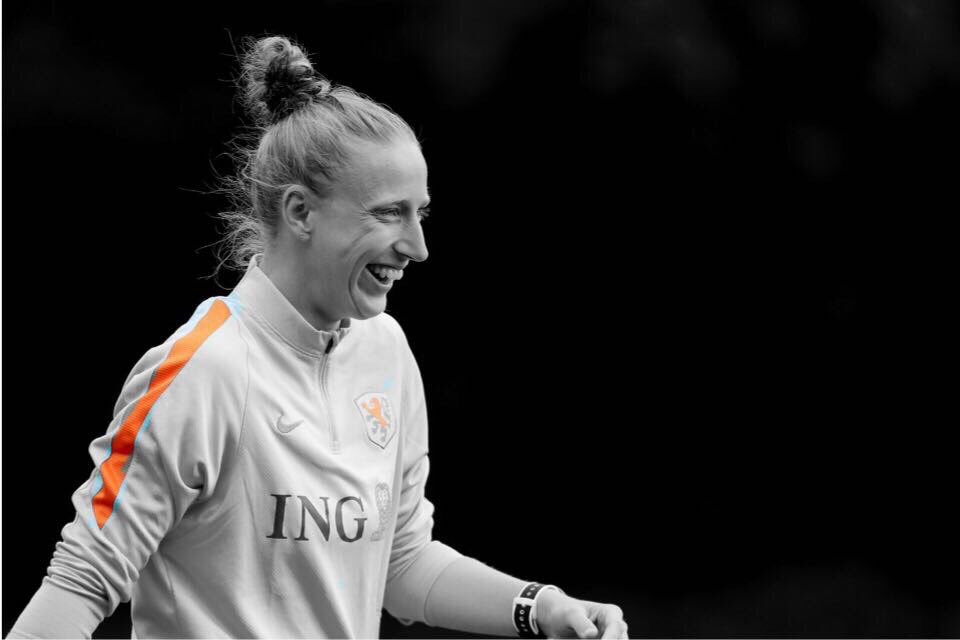UEFA has announced the prize money for Euro 2022 will be double the amount given in the previous competition. The total amount will be €16 million, up from €8 million for the UEFA Women’s EURO 2017. Of this prize money €4.5 million will be given to European clubs for releasing players for the upcoming competition.
UEFA has highlighted that the increased financial amount, as well as this new distribution to player’s clubs, will help with the development of women’s football as a key part of their UEFA Women’s Football Strategy – TimeForAction.
However, questions remain whether this increase is enough. This past summer the 24 men’s national teams who qualified for the 2020 European Championship shared €371 million in total prize money with €200 of that money being guaranteed for player’s clubs.
The amount given to the men’s competition is more than twenty-three times larger than the women’s sum. When proportionally calculated, due to the lower amount of national teams currently allowed to qualify for the Women’s Euro, the men receive more than fifteen times more prize money, with men’s clubs guaranteed more than twenty-nine times more cash.
While no one can debate the current gap in viewing numbers and profitability between both gender’s competitions, largely created by the historical restriction of participation of women in football as well as significantly lower investment, this current gender gap is enormous.
This gap in prize money could continue the current issues that plague women’s development across Europe.
With regards to elite players, underinvestment still exists with most national competitions. The opportunities afforded to women are much less than men and at nearly every club women must contend with significantly lower standards.
The average amount of money given to clubs per man who attended the 2020 EURO was €320,513. If the women’s squads are composed of 26 player’s next year like the men’s were this year, each club could be eligible for an average compensation of €10,817 per woman.
Again, while no one can deny the pay gap at the current club level between men and women, the current amount offered by UEFA not only helps confirm this pay gap and maybe even perpetuate it but does not serve as an incentive for clubs to further increase investment.
When discussing UEFA national sides, the women’s game suffers from a competitiveness problem. Lower ranked teams regularly finish with extremely lopsided results when facing historically high performing nations. This was seen in the past international window when during World Cup qualifying four UEFA games ended with scorelines of 10-0.
In the qualification for this upcoming Euro, all teams but Scotland in Pot 1 booked their ticket. Northern Ireland was the only team outside the highest 18 ranked teams to go qualify. They are also the only debutants in this upcoming Championship.
The current state of affairs almost ensures that teams who have previously qualified will return to the tournament.
Arguably if the prize money for even attending a tournament is less than the overall costs of running aside, there is little incentive for lower-performing European nations who do not have the same financial clout to properly invest in women’s football or their national team.
Moreover, it continues women’s reliance on the performance of their men’s national team. The financial reality for some nations is that regardless of how well women play, they cannot win enough in competitions to help their national federation with operating costs. A badly performing men’s team means the women also end up suffering.
This all contributes to the extremely inequitable position of the women’s game. While it is still growing and requires time to do so, the latest increase in UEFA prize money where women are given a proportional 6.53% of what men can earn is not enough progress for 2022.
Photos: @Lionesses









